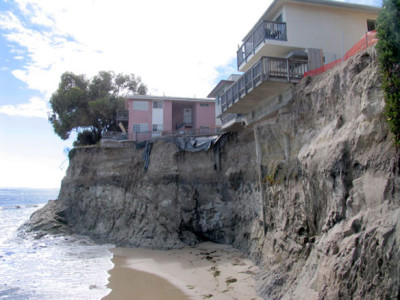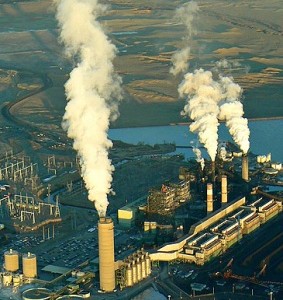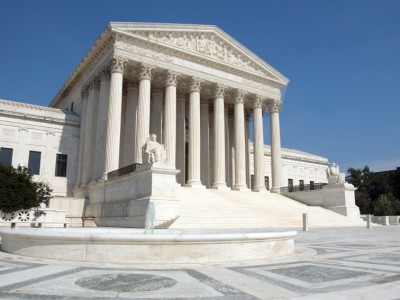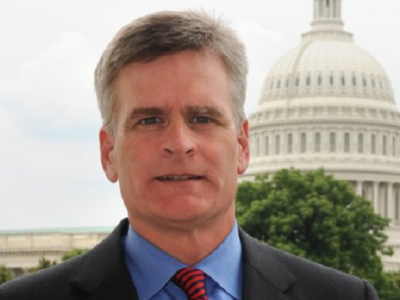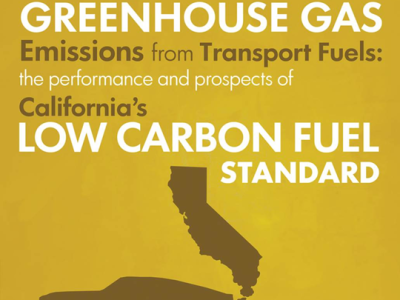Regulatory Policy
Saving California’s Beaches
New expert report offers recommendations for shoreline armoring management
As California’s beach goers and residents well know, erosion and climate change are already impacting the California coastline. Eighty percent of California’s coast is actively eroding, and the latest science projects that sea levels may rise up to 5 additional feet along much of the coast by the end of this century. Higher sea levels …
Continue reading “Saving California’s Beaches”
CONTINUE READINGInterpreting Michigan v. EPA
The opinion seems likely to have very limited repercussions.
In bringing the mercury rule to the Supreme Court, industry was hoping for a ruling that EPA had to balance costs and benefits (and could only include benefits relating to mercury). What they got was far less than that. Here, I’d like to address some key questions about the opinion. 1. When does EPA have …
Continue reading “Interpreting Michigan v. EPA”
CONTINUE READINGMercury Rising: The Court Reverses EPA’s Regulation
This was not a great decision for EPA, but it could have been much worse.
The Court has just now decided the Michigan case, involving EPA’s mercury regulation. As Ann Carlson explained in an earlier post, a lot was at stake in the case. The Court ruled 5-4 against EPA. This passage seems to be key to the Court’s reasoning: One would not say that it is even rational, never mind …
Continue reading “Mercury Rising: The Court Reverses EPA’s Regulation”
CONTINUE READINGBreaking News: Supreme Court Rules Federal Agricultural Program a Taking
Justices Uphold California Raisin Growers’ Fifth Amendment Challenge
The United States Supreme Court today ended a David-and-Goliath-style, 10-year legal battle between a pair of California raisin growers and the federal government, declaring that the government triggered a compensable taking of the growers’ private property when a federally-controled agricultural board ordered seizure of a portion of their crop. The Court’s decision can be accessed …
Continue reading “Breaking News: Supreme Court Rules Federal Agricultural Program a Taking”
CONTINUE READINGRepublican Change We Can Believe In
Sen. Bill Cassidy’s Bill Would Ditch Wasteful Ethanol Subsidy
As readers of this page know, I am extremely fair and balanced: I criticize each party if it does something wrong, and praise each if it does something right. If one of those parties happens to do wrong things close to all the time, well, that’s not my fault. But let us now praise a …
Continue reading “Republican Change We Can Believe In”
CONTINUE READINGCalifornia Supreme Court Upholds Affordable Housing Ordinance
Unanimous Court Rejects Developers’ Takings Challenge to San Jose’s Inclusionary Housing Measure
The California Supreme Court, in a unanimous decision issued today, rejected state developers’ efforts to nullify the City of San Jose’s affordable housing ordinance. That decision, California Building Industry Association v. City of San Jose, is critically important for both state land use policy and for constitutional principles governing private property rights and the proper scope …
Continue reading “California Supreme Court Upholds Affordable Housing Ordinance”
CONTINUE READINGFlame Retardants, Furniture, and Polar Bears
One woman’s search for a toxics-free couch in California
A year and a half ago, I found myself in a position that has caused so many people to rethink the world around them: impending parenthood. One of the many changes I decided to make in advance of welcoming our little bundle of joy was to procure a couch without flame retardants. Flame retardants have …
Continue reading “Flame Retardants, Furniture, and Polar Bears”
CONTINUE READINGControlling Greenhouse Gas Emissions from Transport Fuels
The Performance and Prospects of California’s Low-Carbon Fuel Standard
Transportation is the largest contributor of greenhouse gas emissions in California, responsible for about 37 percent of the state’s total emissions. This distinction makes the sector a prime target for regulation. But with tens of millions of emitting tailpipes, fuels sourced from out of state and around the world, decades-long vehicle lifespans, and many other …
Continue reading “Controlling Greenhouse Gas Emissions from Transport Fuels”
CONTINUE READINGA (Sometimes) Beautiful Equilibrium
John Nash’s contribution to game theory illuminates environmental issues.
John Nash and his wife died yesterday in a cab crash while returning from a trip to Norway to receive a major mathematical prize. He is best known to the public because of the movie “A Beautiful Mind”, which described his struggle with mental illness. His concept of the Nash Equilibrium is basic to a …
Continue reading “A (Sometimes) Beautiful Equilibrium”
CONTINUE READINGAbalones and Gulls and Judges, Oh My!
Comparing the Mono Lake Committee with the Abalone Alliance
For several months now, I have been looking for a good comparison case to the Mono Lake Committee, whose work is one of the great success stories of the modern environmental movement. Why did the Mono Lake Committee succeed when other organizations failed? Lots of organizations had good causes and dedicated leaders: what made Mono …
Continue reading “Abalones and Gulls and Judges, Oh My!”
CONTINUE READING



